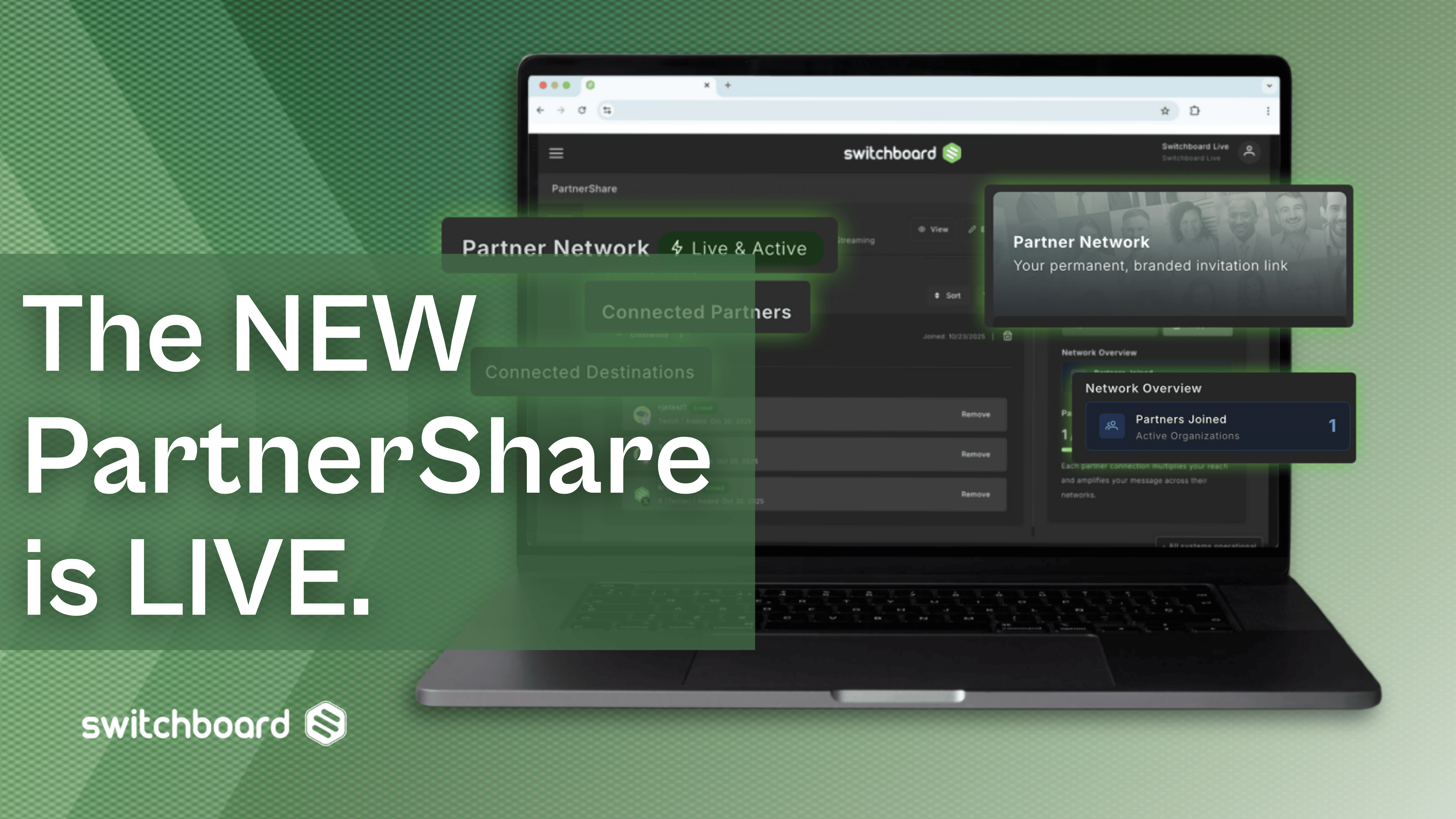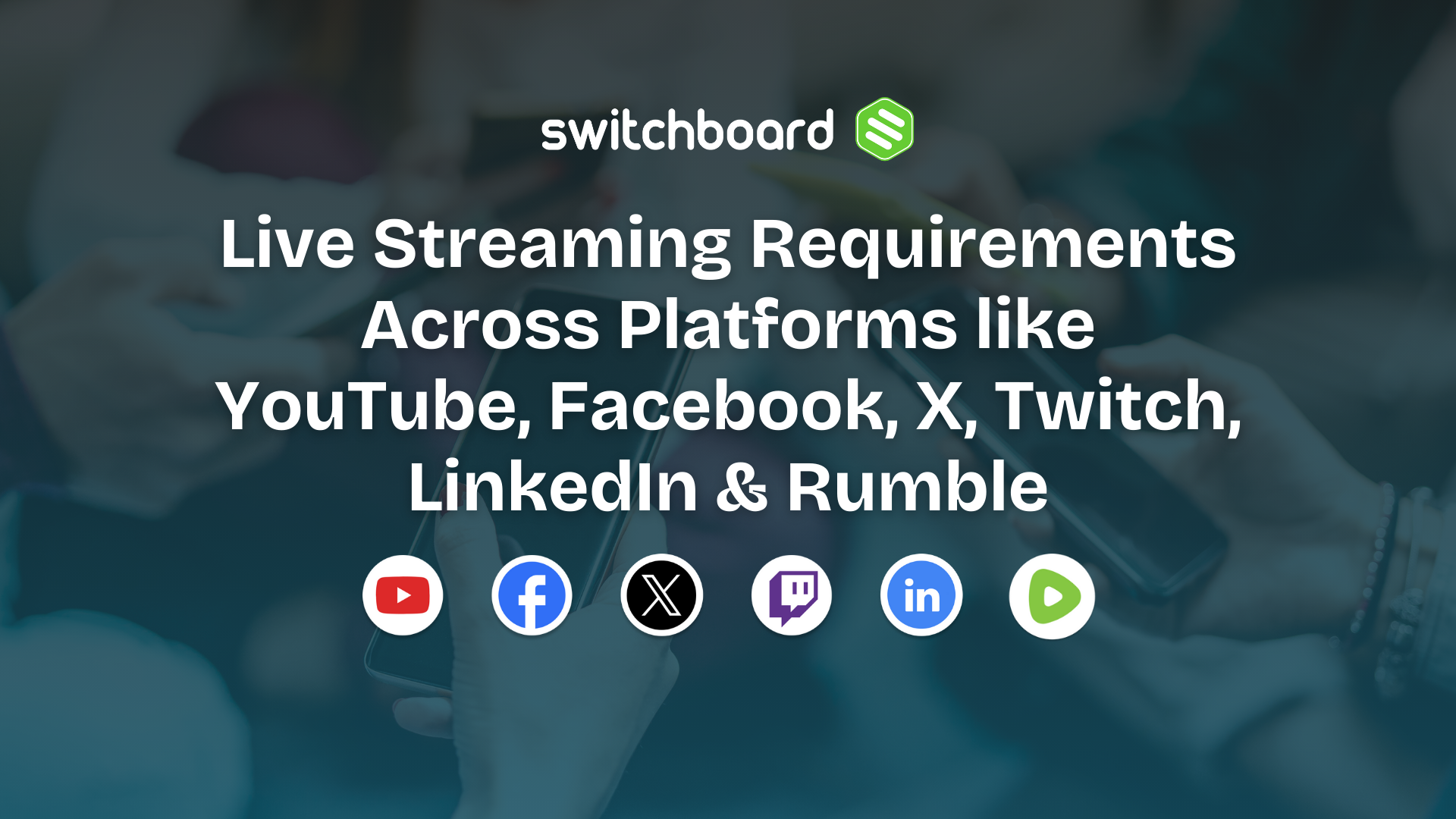You want to create the most impressive video content you can. The kind of content that will sell your product, or business offering, on its own. Well, I want that for you, too. And if you’ve been paying even a little bit of attention to digital production parlance, you know that means incorporating High Dynamic Range (HDR) or 4K footage into your repertoire.
Cool. But what exactly does that mean?

4k Versus HDR
So what is 4K? Well, it's a level of resolution that is fading fast in popularity. We’ll get to that.
HDR, on the other hand, is one of the hottest trends in video tech.
Look, I get it. One of my first real jobs was selling electronics at a department store, back in the golden age of 3D TVs. I understand the skepticism that comes with claiming something is going to be the next big thing in home entertainment technology. That said, HDR is actually kind of neat.
HDR is a relatively frill-free technology that allows viewers to see videos in a higher contrast than normal. It provides a more lifelike set of colors and makes movies and TV shows “pop” and look more real, especially in the case of such movies as Michael Bay's, where all the bad guy robots look like they're literally coming out of the movie screen.
There’s a lot of talk right now about HDR becoming the new 4K. With all due respect to people who sprung for the 4K experience, HDR actually has the potential to blow 4K out of the water. There was an important reason 4K never made the leap from “that thing your brother-in-law brags about when he’s showing you his new home theater” to “something people care about.”
The problem is that you have to be looking at an image on a gigantic screen for 4K to even begin altering your viewing experience. Even then, you have to be sitting so close to the screen that your mother will track you down and tell you it’s bad for your eyes. With over half of all video content now being watched on a screen that can fit in your pocket, super-duper high resolution is a critical factor.
Meanwhile, the difference between video shot in HDR versus SDR is pretty staggeringly obvious right from the start.
https://www.youtube.com/watch?v=xyuY1Pjxqjs&feature=youtu.be
What’s more, almost every popular smartphone on the market has HDR support built into the screen. That means there’s a better chance your target audience is going to notice the difference in quality right off the bat.

What Technology is Needed to Create HDR Video?
Good news: probably whatever you’re working with already. As long as you’re shooting with something capable of recording 10-bit RAW format footage, you’re pretty much in the clear. Most professional grade camera setups already have HDR capabilities. From there, it just takes a standard nonlinear editing program like Final Cut Pro or Adobe Premiere to process the file correctly and make your product shine. If you’re working with Adobe, they have a series of free instructional videos on YouTube that’ll put you on the right track.
And those are the basics of creating eye-catching digital video. If you want your content to stand out, definitely spend some time checking out what HDR can do for you. As always, be sure to check out the Switchboard Live blog regularly for more on how to utilize video streaming for your business, and if you have any thoughts on the subject, please feel free to comment below!




.png)
.png)
.png)







